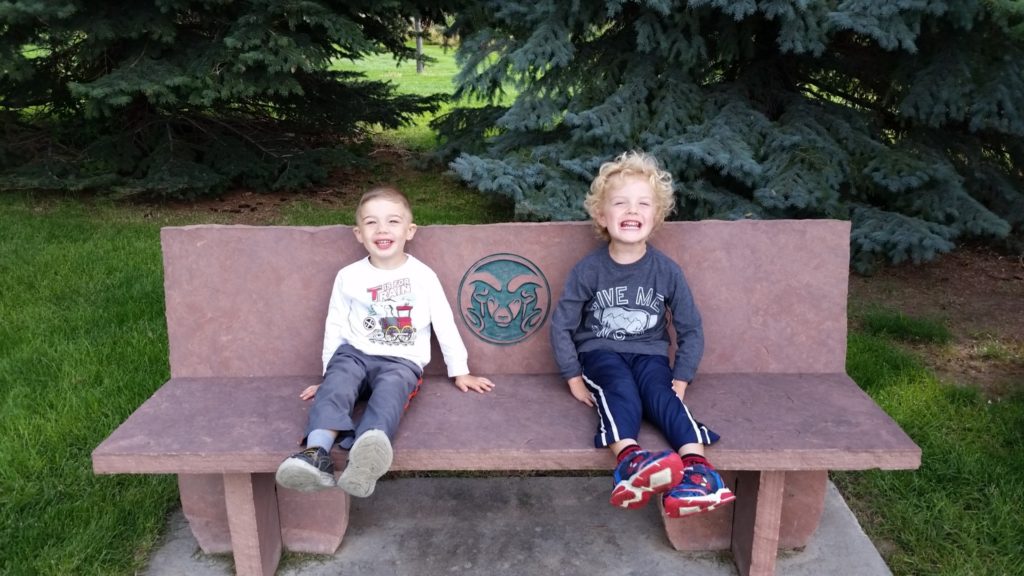Brett Fling is an assistant professor in the Department of Health and Exercise Science at Colorado State University and the Director of the Sensorimotor Neuroimaging Laboratory. Learn more about why he came to CSU and his research interests in the nervous system and the brain.
 1. What brought you to the Department of Health and Exercise Science at CSU?
1. What brought you to the Department of Health and Exercise Science at CSU?
I was born and raised on the side of Pikes Peak near Colorado Springs and always envisioned returning to Colorado for a “real” job once I finished my education. The Department of Health and Exercise Science at CSU has undergone amazing growth and developed into an outstanding unit over the past 15 years, and I jumped at the opportunity to return to the Front Range with my family.
2. What are your research interests, and how did you get into that topic?
I study how the nervous system, particularly the brain, controls movement. Our laboratory, the Sensorimotor Neuroimaging Laboratory, uses several brain imaging technologies like magnetic resonance imaging (MRI) to identify differences in structure and function of the brain. We relate these differences to movement dysfunction, particularly gait and balance impairments. Our lab’s long-term goals are to develop and refine movement rehabilitation programs for those with neurologic disease or injury.
My first job when I graduated from the University of Northern Colorado was at The Children’s Hospital in Denver working in the Center for Gait and Movement Analysis where we focused on children with cerebral palsy. From my first day on the job, I have been fascinated by neurologic dysfunction of the motor system. Our laboratory’s current research studies focus on multiple sclerosis, concussion, and Parkinson’s disease.
3. What’s your teaching philosophy?
Teaching the neural control of movement is very exciting with all the advances in technology. I like to use a variety of approaches to demonstrate how the nervous system controls our bodies’ movement. Through the use of portable technology like wireless inertial sensors (research-grade FitBits), it is now possible to illustrate complex biomechanics concepts like how our body moves in space and the associated velocities and accelerations. With portable force platforms – think Nintendo Wii Balance Boards – we can demonstrate how balance is controlled and how postural control can be altered simply by closing your eyes or standing on an unstable surface like a piece of foam. This allows us to explore complex, quantitative questions about human movement with applied concepts and examples.
I like to make the content as translational as possible so that students can understand how they might use the information in their future careers and to open their eyes to the diverse career possibilities that exist for someone with an education in exercise science.
4. What’s your favorite thing about campus?
We live on the west side of Fort Collins, and I have really enjoyed how quickly and easily I can ride my bicycle to work. My wife and I love taking our two small boys for a bike ride over to the Lory Student Center lagoon for brunch on Sundays and sledding on the hills around Hughes Stadium in the winter!

The Department of Health and Exercise Science is part of CSU’s College of Health and Human Sciences.